SINAIS
PROGRAMME 1
Filmoteca de Galicia | Tuesday June 3rd | 6:00 pm | Free entry to all venues until full capacity. It will not be possible to enter the venues after the screening has started.
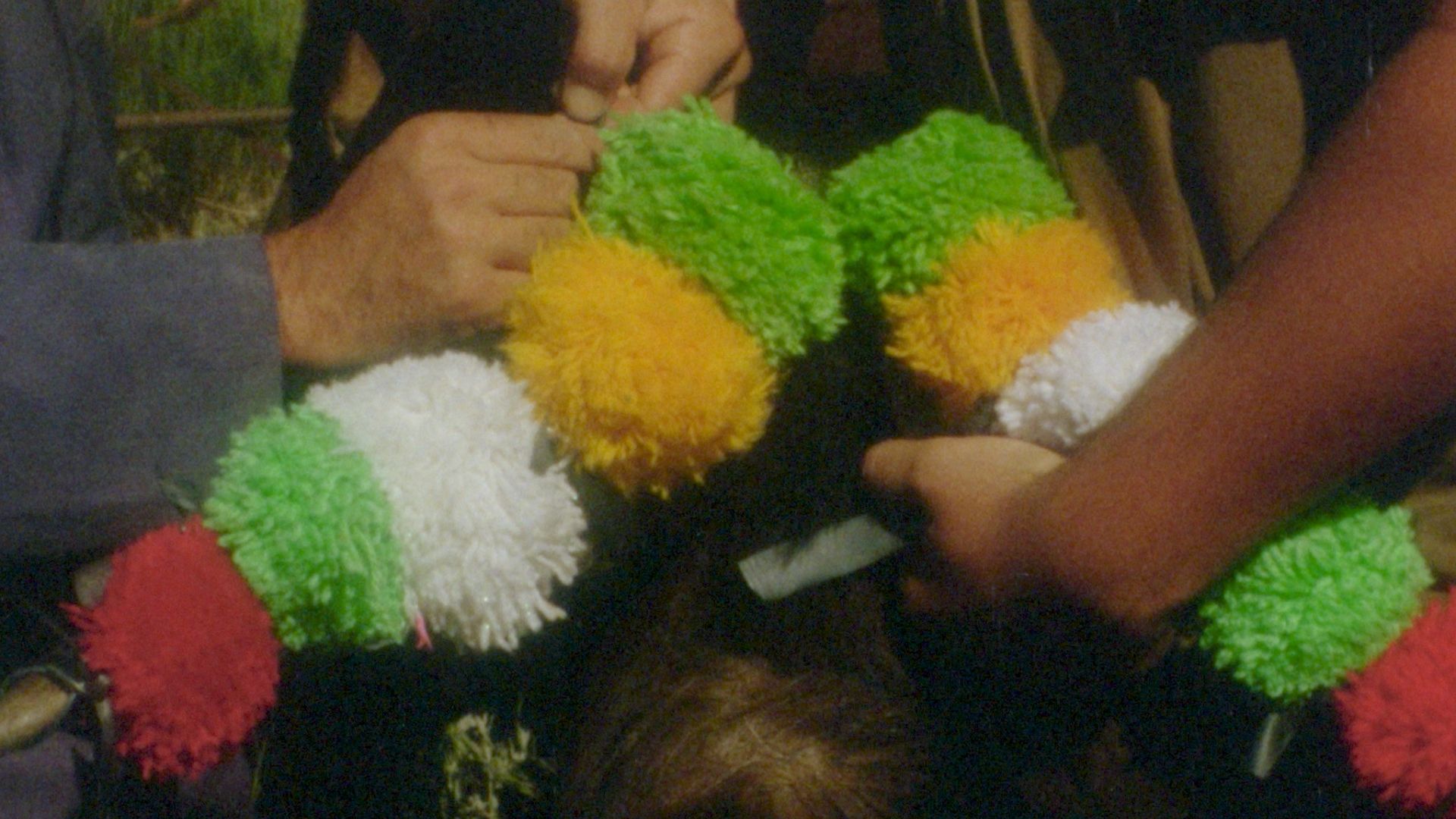
Montaña Abaixo
Carlos M. Peñalver | 2025 | Galicia | Digitized Super 8 | 8 min.
Joaquim Marvão, the transhumance leader from Vila Nova de Tazem, commissioned me to record the descent of two flocks, a centuries-old ritual in the Serra da Estrela mountains. In 2022, Portugal was confronted by a wave of devastating fires. Against all odds, Joaquim decides to make the descent, but something goes wrong on recording it. (Carlos M. Peñalver)

Ulía
Laura Moreno Bueno | 2024 | Spain | Digitized 16 mm | 14 min.
This is a collage constructed from a still that proposes uniting different places based on the distortions of space, enclosing different landscapes in a single framing, thus creating non-existent but potentially real ones. (Laura Moreno Bueno)
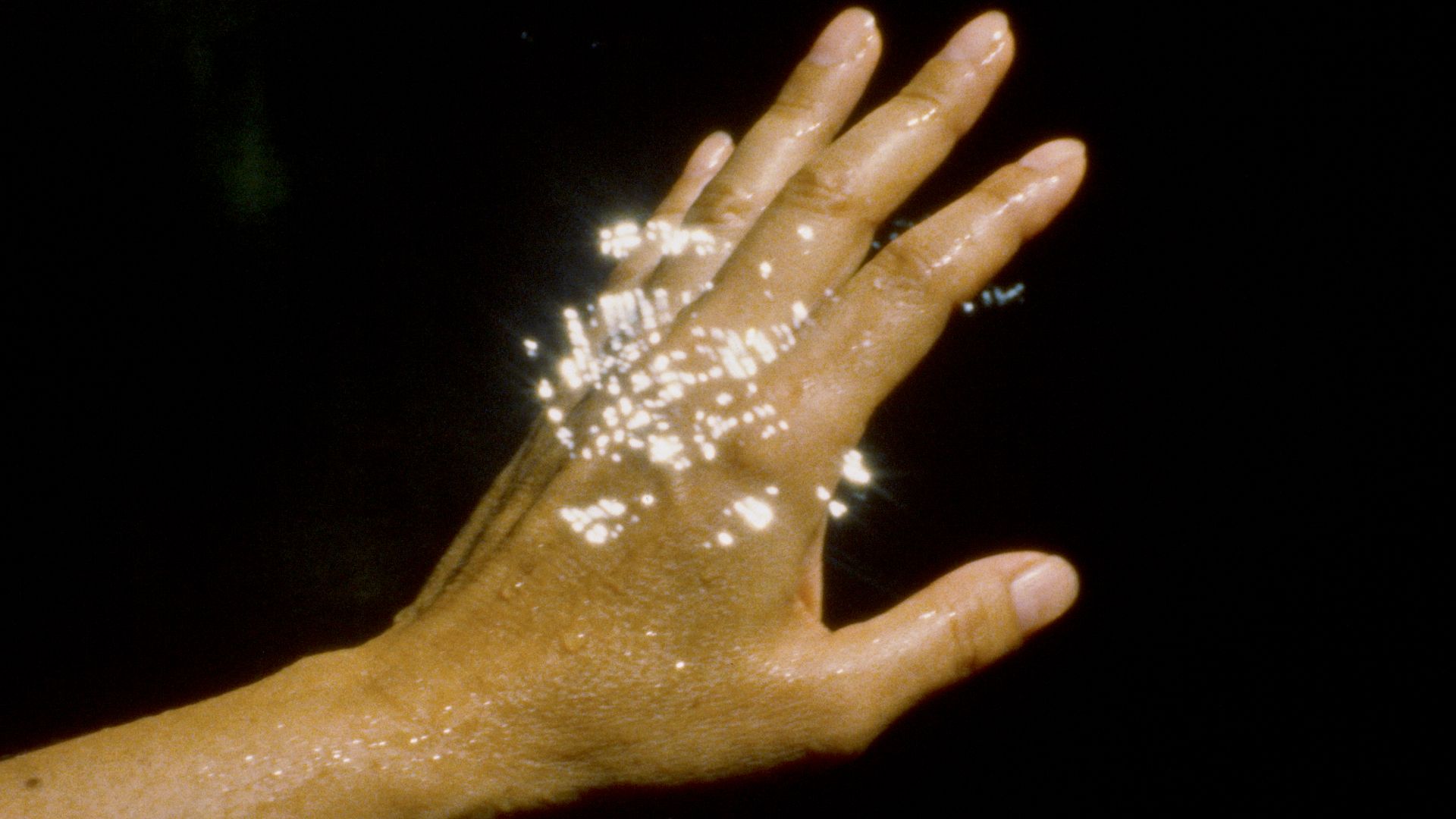
Servidumbres de la luz
Pablo Useros and Deneb Martos | 2025 | Spain | 16 mm | 11 min.
Mystery is that which makes reality inexhaustible. Servidumbres de la Luz (Servitudes of light) is an indeterminate cloud-film shot over two Augusts in Ribeira De Alge, Portugal. (Pablo Useros and Deneb Martos)
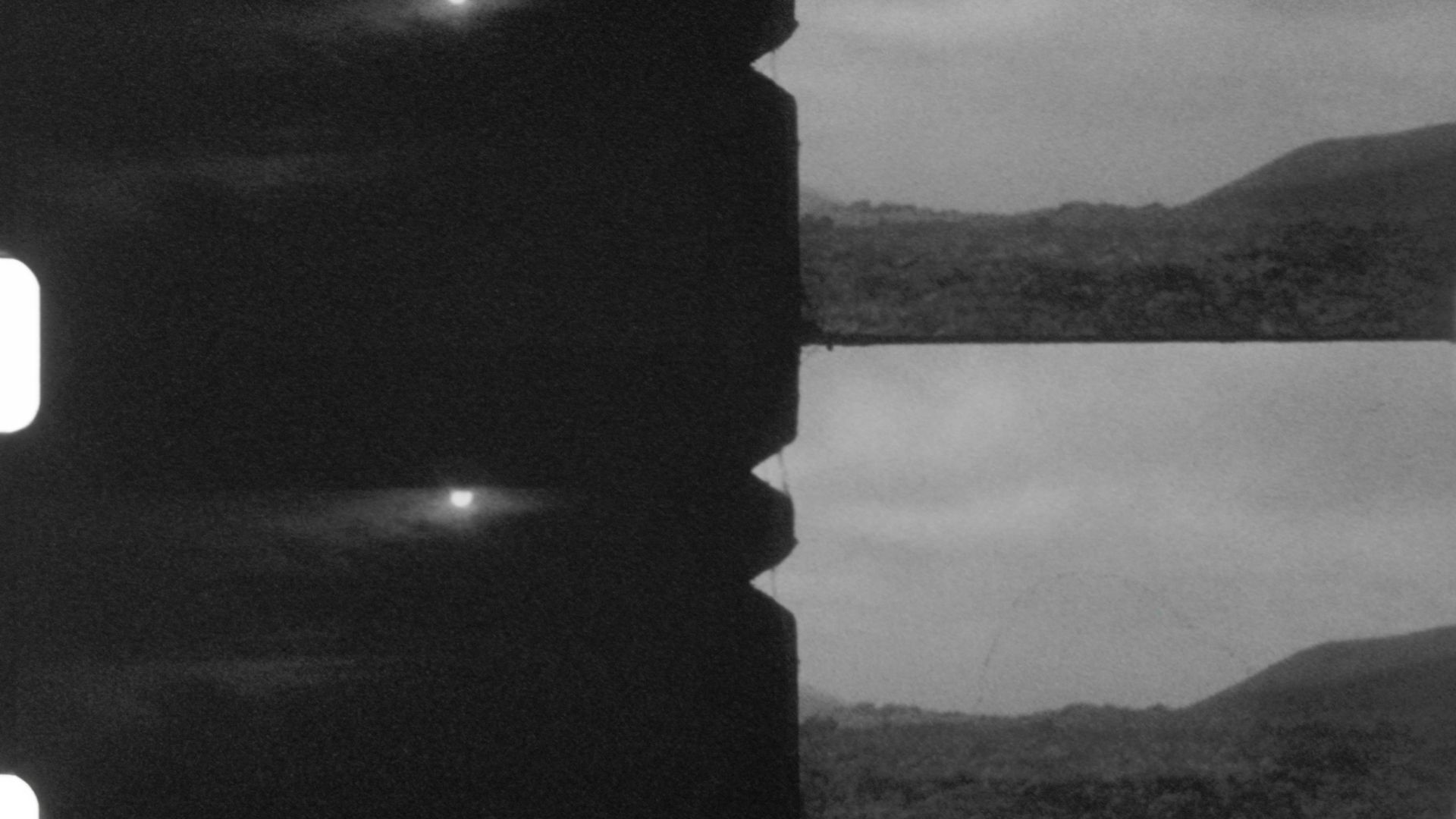
Al mirar a lo lejos
Marta Lara | 2024 | Spain | 8 mm | 8 min.
Al mirar a lo lejos (Looking into the distance) is a film shot on the island of Lanzarote that concentrates its narrative on observing the horizon. The film is structured around a series of camera movements (upward and downward), and presents different encounters between landscape-frames, as well as a rhythmic progression that attempts to exhaust all possible combinations until it confuses what is below with what is above, the sky with the earth, the dark with the bright. (Marta Lara)

Áncora (Anchor)
Cristina Souto Pita | 2025 | Galicia | Digitized Super 8 | 3 min.
This short captures the relationships of care between a mother, her daughter, and the environs that provide the backdrop to their actions. O Baleo beach is not just a place to reminisce; it is also a space to inhabit. The images of this encounter provide a reflection on the state of connection. (Cristina Souto Pita)
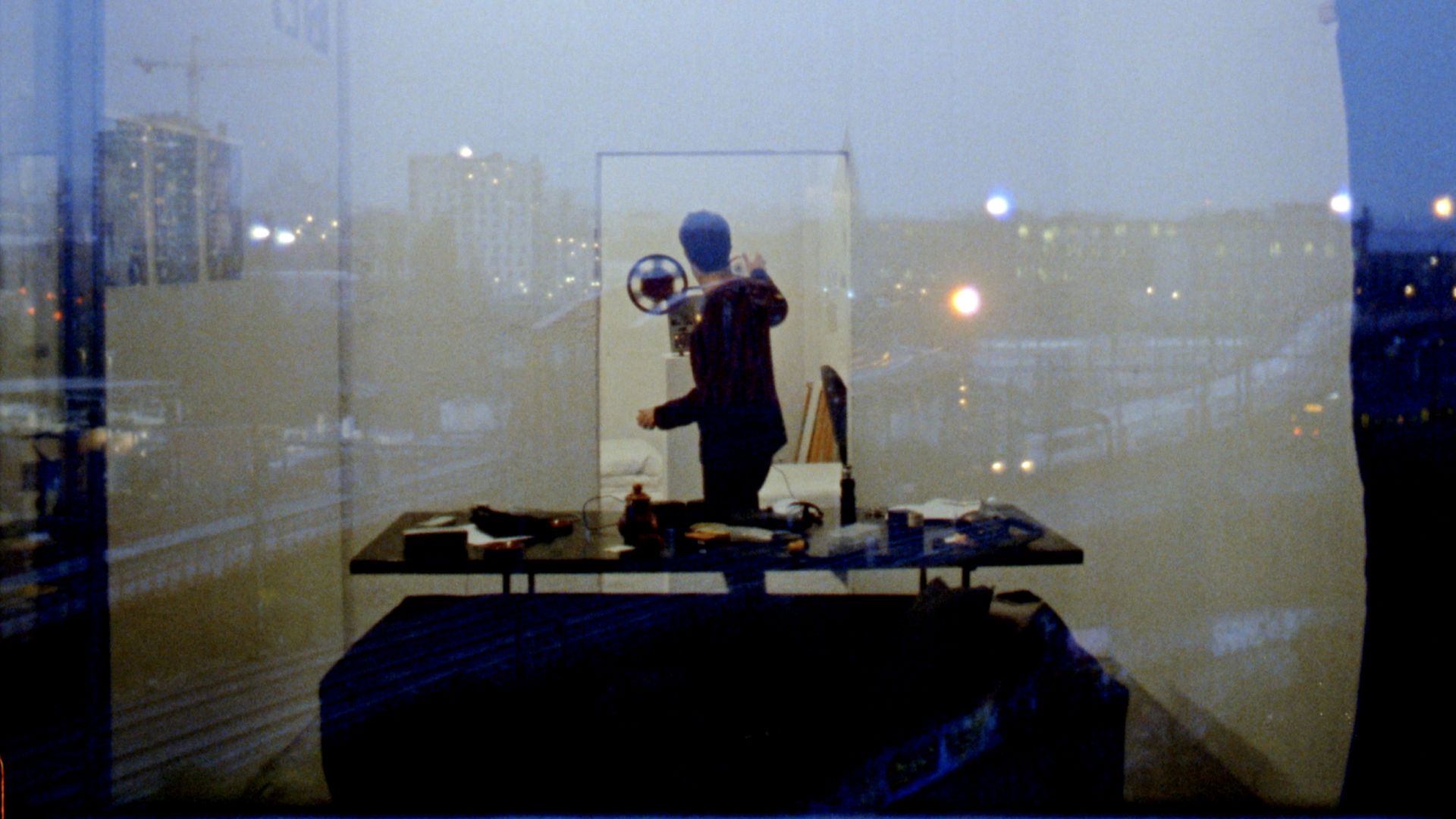
windowway
Jorge Suárez Quiñones Rivas | 2025 | Spain | 16 mm | 8 min.
The inner rhythm of non-living and living structures in between night and day
An acknowledgement of the intimate speaking of anything
Self-sufficient beings and machines simultaneously working on the threshold, facing each other
—and, in the meantime, you gradually become part of that autonomous system—
an expansion of our own communication systems
a romantic landscape, where everything is on the same level, and the two ends of the arrow
merge into a single point
Overstay, nightstay, overnight
A to-and-fro across the thinnest space-time slice possible
The diagonal bridgeway from the mirror room to the stage
on the verge… on the verge of…
Trapped before forever
Farewell, hello!
Music by Jessica Moss. Backed by WIELS Contemporary Art Center, Canal 180, Portugal, gnration, Culturgest.
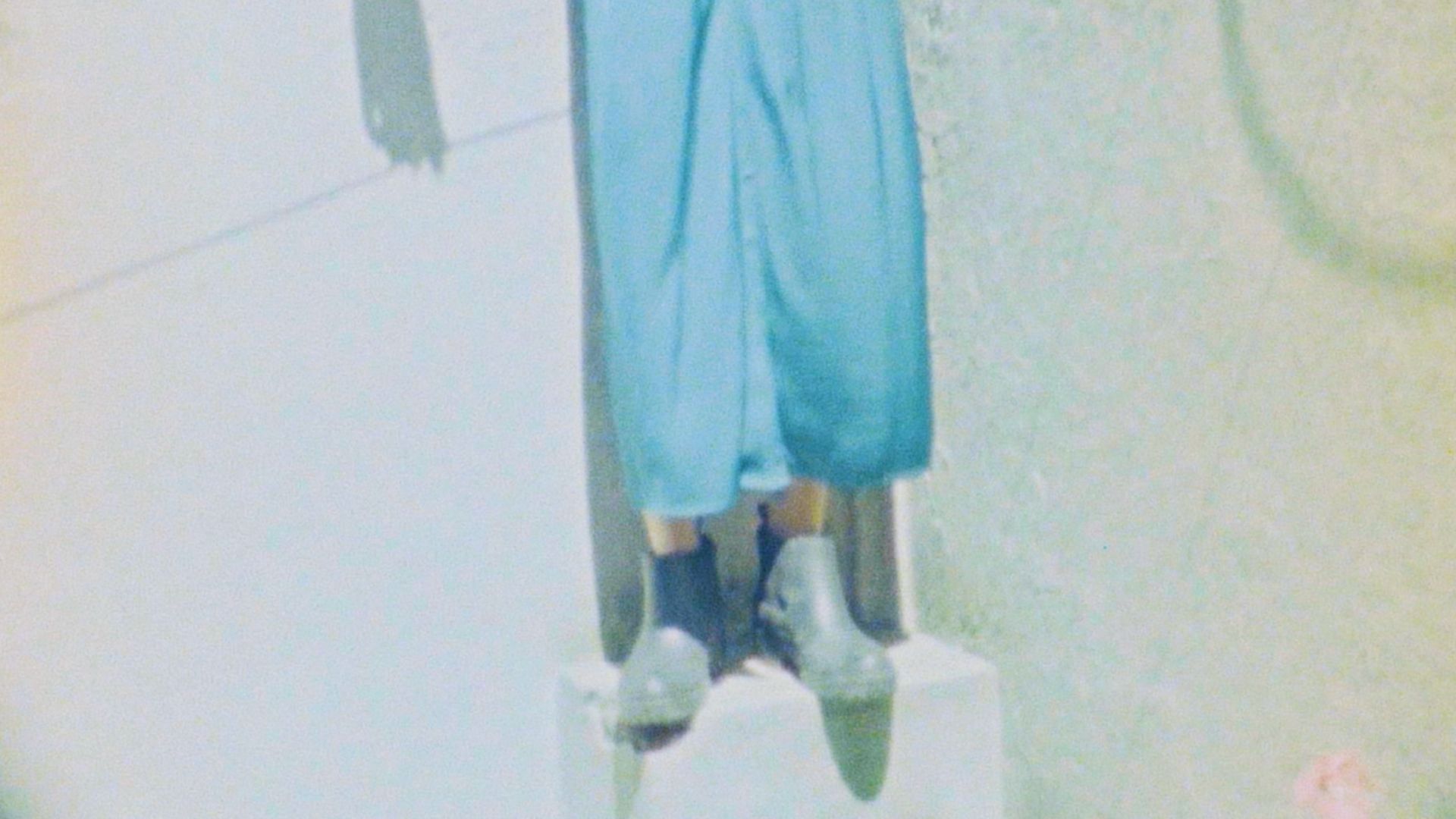
Viento
Sofía Acosta Varea and Anaís Córdova-Páez | 2024 | Spain | Digitized Super 8 | 5 min.
Viento (Wind) is a visual story in Super 8 in which various migrants recall and experience the Andean wind from their memories. The two migrant directors bring together seven testimonies and create a shared narrative about the memory of the wind as a feeling, sound, smell, taste and image. It is the wind as a subject of movement, as a companion of migration, as that interstice of nostalgia where the grief of migrating and the joy of moving come together.
SINAIS
ENCOMPASSING & COMPACTING
The (S8) programme is arranged based on a fundamental idea in experimental cinema, which is the importance of a person’s film corpus, above and beyond their individual works. It is a matter of considering what a person is attempting to do throughout their life’s quest, film-by-film. Nevertheless, in addition to looking back, we know that we must look at the present if there is to be a future. That is why the Sinais (Signs) section, which brings together recent artworks created in the Iberian Peninsula, has been growing in scope and importance within the Mostra. So much is this the case that this year we have extended the selection to one more session, hoping to be able to cover a great deal without losing any thematic conciseness and unity. This is because Sinais also has the utopian mission of generating a community. It is a mission that does not allow for competitions, but is based on offering space to old friends while welcoming newcomers.
Among the films we are including in the section this year, there are affinities and alliances being formed. In Programme 1, for example, we can see a series of films that can be thought of as based on the idea of territory. MONTAÑA ABAIXO (DOWN THE MOUNTAIN) by Carlos M. Peñalver familiarizes us with Vila Nova de Tazem, in Portugal: we see the landscape and, looking more closely, those who inhabit it, the shepherds and the goats, on the lookout for the increasingly common wildfires. The film seems to offer them relief at the end thanks to the possibilities of cinema in overlapping one landscape over another. It is precisely landscape, and nature, that is an obsession of experimental cinema, and cinema is perhaps a human method for constructing that same idea. Alberto Caeiro (a heteronym of Pessoa) says in The keeper of the flocks:
I saw that there is no Nature,
That Nature doesn’t exist,
That there are valleys, mountains and plains,
That there are trees, flowers and grass,
That there are rivers and stones,
But that there is no whole to which all this belongs,
That a true and real ensemble
Is an affliction of our own ideas.
Nature is parts without a whole.
This is perhaps the mystery they speak of.
The montage brings together these parts without a whole; the ways of making avant-garde cinema amalgamate the mystery. This is how we can see the persistent natural studies in films like ULÍA by Laura Moreno Bueno, SERVIDUMBRES DE LA LUZ (SERVITUDES OF LIGHT) by Deneb Martos and Pablo Useros, and AL MIRAR A LO LEJOS (LOOKING INTO THE DISTANCE) by Marta Lara. ULÍA is based on Moreno Bueno’s obsession with filming the mountain of the same name (so as to later transcend it), weaving a complex work of layers and overlays that create an impossible landscape. SERVIDUMBRES DE LA LUZ captures the transparencies, reflections and darkness in a river’s water in summer, in an atmospheric, emotional recording of an everyday natural environment. AL MIRAR A LO LEJOS proposes playing with the line of the horizon, with all of the formal suggestions this entails, making the most of the echoes created by the four shots we see on the screen by projecting uncut 8 mm film. Meanwhile, ÁNCORA (ANCHOR) by Cristina Souto Pita, windowway by Jorge Suárez Quiñones Rivas, and VIENTO (WIND) by Sofía Acosta Varea and Anaís Córdova-Páez all propose an exploration of the territory that leads to something personal. Cristina Souto Pita traces out a kind of intimate correspondence in Super 8 that is inscribed on the image of a beach. Jorge Suárez Quiñones Rivas connects the interior nature of the work space (and the artist’s introspection) with the urban landscape framed by the studio window. Sofía Acosta Varea and Anaís Córdova-Páez use an intangible natural element, the wind, as the basis for evoking a distant land, indelibly imprinted on the memories of several migrants.
Whereas Programme 1 mainly shows documentary records of the environment onto which the filmmakers have projected their ideas, desires and fantasies, Programme 2 makes use of a series of mises-en-scène, using this method for purposes that go beyond the simple idea of fiction. Both SOLPOSTO by Iago Lourido and THE LAST SORROW OF A DEFEATED WIZARD by FLESH.WEBM raise the possibility of the existence of mysterious parallel realities in places that in principle are not conducive to fantasy. Lourido takes us to a sort of rural Galician landscape filtered through David Lynch’s lens, while FLESH.WEBM introduces us to a character, a magician, who wanders through industrial landscapes and dark web chat rooms. In CREO QUE DIJE «SÍ» (I THINK I SAID “YES”), an old acquaintance of the Mostra, Pere Ginard, manipulates found images and animation so as to blur the boundaries of the document, thus constructing a ghostly message from an invented past. Hence, the nature of the photographic image as “irrefutable proof” is brought into question, since it can also be artificial. This matter also seems to underlie UNA NOCHE Y POCOS RECUERDOS (ONE NIGHT AND FEW MEMORIES) by Natalia Rabaneda, creating a choreography of evocations and superimpositions to examine the inherent fragility of memory. Portraits are also part of that set of tools for memory in photography. CARA A CARA A CARA (FACE TO FACE TO FACE), a collective film created in LAV, is based on a portrait of two people that merge and separate thanks to an ingenious use of the photographic technique of masks and reserves. The film is a portrait made ad hoc for this purpose, exploiting the possibilities of this combination of images to the utmost by using the frames, movements and positions of the bodies. Two people in a park, brought together by the cinematic gesture, connect with the starting point of PBF #01, MADRID by Borja Rodríguez. He summons a group of people to the Retiro Park, accompanied by their favourite paperbacks. People perform the act of reading for the camera, and the portrait is composed of their physical presence and the spiritual tone that the chosen books give them. We are also presenting a sound piece by Rodríguez, BOLOGNA, 25 JUNE, a story which, like books, invites us to act out in our minds what is being narrated to us in the darkness of the room. Cinema evokes other arts in Rodríguez’s works, just as it does in LAXUS, a film set up by Pablo Arenas in LAV. In this case, the idea of the performance lies within the very shooting of the movie, which becomes a series of gestures emulating those of a painter’s brushstroke.
The films in Programme 3 converge on the idea of archaeology, of unearthing remains of bygone societies. That is what Blanca García seems to be attempting to do in HOW TO MAKE MAGIC, invoking the traces of those who have passed through the English forest she portrays, using a magic book to do so. The camera works the miracle. Excavation work is carried out in FURADA NEGRA by Berio Molina, which goes hand in hand with the Galician artist’s interest in capturing cave sounds. These speleological expeditions also lead to the recovery of a photographic archive and a compilation of texts. But the film’s ambition exceeds that of the documents in combining them, taking us to new places via the use of sound pieces, field recordings and archival sounds. The archaeological piece itself, in this case a replica of an Olmec head in Vallecas, Madrid, serves as a starting point for Olmo Cuña in COLOSAL #8. Matters such as colonialism and the artifice of primitive cinema appear in this film hand-coloured frame by frame, in a story that dreams of the impossible restitution for plunder and forgery. Vestiges as an idea also arise in FRAGMENTS OF by Elena Calvo, a short made with scraps of found 16 mm films. Creating an interesting play on sound, in Calvo’s film it is the archaeological remains themselves that physically serve as the raw material for the film. THIS IS NOT A POLITICAL FILM by Pablo Useros seems to intend to paint a distorted portrait of current times as a legacy for the future. And although the film dodges its political nature, in its very formal conception it ends up raising a critical voice. Finally, PYONGYANG LIVER by FLESH.WEBM is another of the films in this session that makes us question the authenticity of the document. What appears to be a found interrogation tape from North Korea is actually an impossible confluence of times and places that paints a kind of apocalyptic future.
Elena Duque
